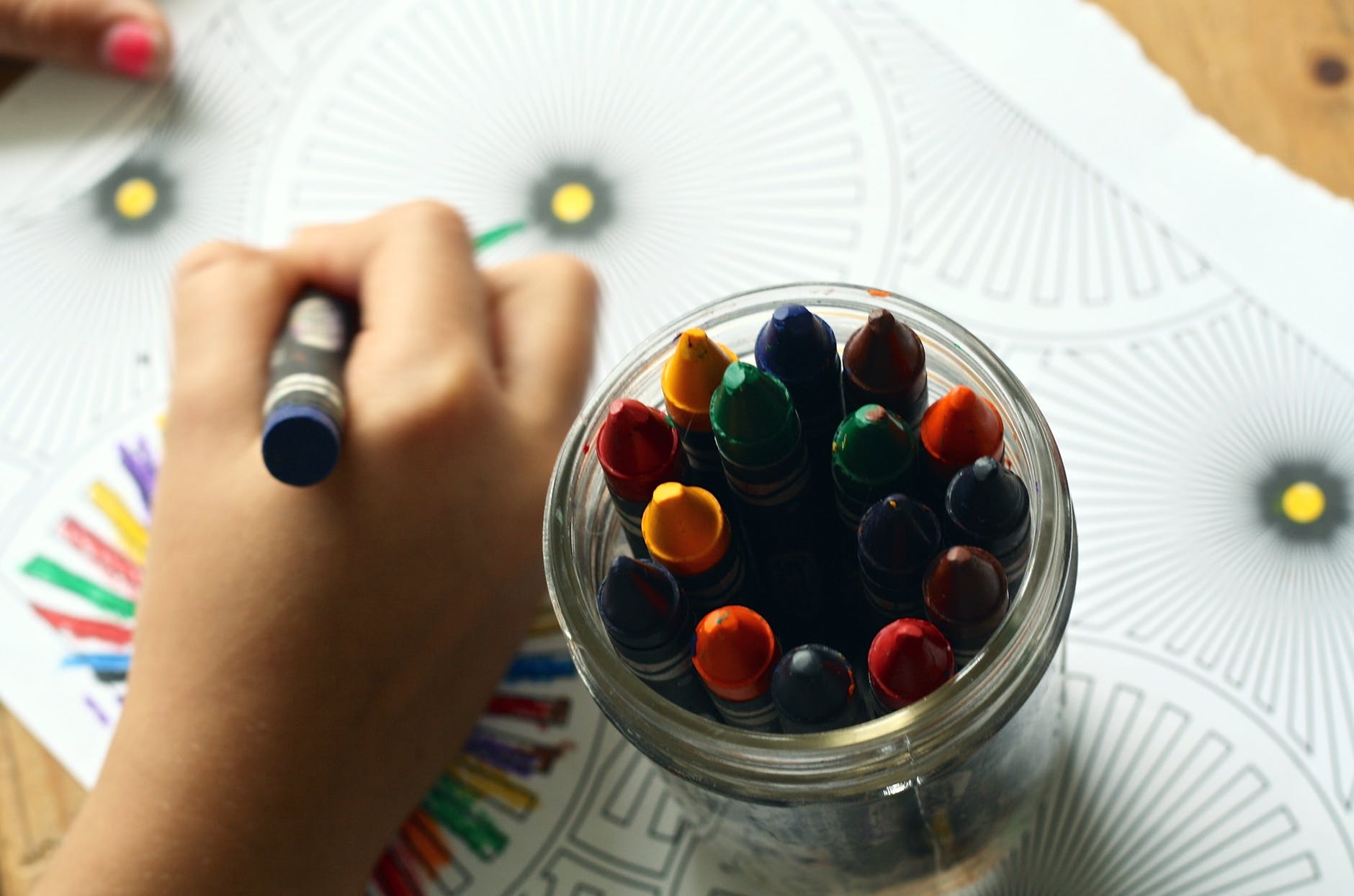
When you send your child off to daycare, you’ll find peace of mind knowing that they will be in good hands. There will be plenty of toys and social interaction with other children, of course. But also, you can rest easy knowing that your daycare provider is licensed in first aid and CPR training.
Child care licensing is regulated at the state level. That means, as a daycare provider, individuals are expected to meet highly specific criteria and are subjected to on-site visits from inspectors. Becoming a state-licensed daycare provider will allow individuals to responsibly care for infants and children in and out of the home.
There are several different child care courses you can take, from basic to advanced and CPR/AED training to first aid training. In an advanced course, you will learn basic child care, discipline strategies and behavioral patterns, activities for children, safety, professionalism, and leadership. Specialized Health can help with the safety training requirement. The state of Minnesota requires daycare centers and home-based daycare to have a current pediatric CPR and first aid certification card. We are an approved trainer through the Minnesota Center for Professional Development and the Minnesota Department of Health.
A pediatric CPR/first aid course will give you the necessary skills to manage a crisis. Daycare providers will learn how to:
- Recognize an emergency and size up the scene.
- Activate and work with the emergency medical services (EMS) system.
- Understand legal concepts as they apply to lay responders, including consent and the purpose of Good Samaritan laws.
- Reduce the risk of disease transmission when giving care.
- Check a child who is responsive for life-threatening and non-life-threatening conditions.
- Check an injured or ill child and infant who appears to be unresponsive.
- Describe the links in the Cardiac Chain of Survival.
- Demonstrate CPR for a child and infant.
- Demonstrate first aid care for a child and infant who is choking.
- Recognize the signs and symptoms of shock and describe appropriate first aid care for a child who is showing these signs and symptoms.
- Recognize the signs and symptoms of, and describe appropriate first aid care for, the following sudden illnesses: breathing emergencies, diabetic emergencies, seizures, fainting, and stroke.
- Demonstrate the application of direct pressure to control external bleeding.
- Recognize the signs and symptoms of, and describe appropriate first aid care for, the following injuries: burns; muscle, bone and joint injuries; and head, neck, and spinal injuries, including concussion.
- Recognize the signs and symptoms of, and describe appropriate first aid care for, the following environmental injuries and illnesses: heat-related illnesses, cold-related illnesses, and poisoning.
Of course, we all hope these skills will never need to be used, but we all also understand that children are prone to accidents. It’s better to be prepared than unsure what to do in an emergency.
Reach out to Specialized Health and Safety if you need to renew your license or freshen up on your skills.

